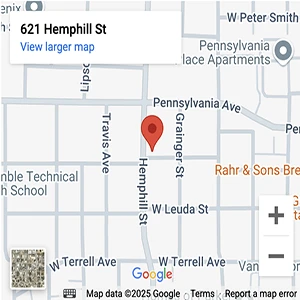Could MRI Scans Make Pain and Suffering in Truck Accident Cases More Objective?
TEXAS. Truck accident victims face a range of challenges in the aftermath of a crash. While serious injuries can result in disability, missed days from work, and other challenges, pain might be chief among them. Pain can interfere with daily life tasks and make life generally more difficult or unbearable. Victims of truck accidents have the right to seek pain and suffering damages after a crash, but these claims are notoriously difficult to quantify. According to the Patch, insurance companies, truck accident lawyers, and judges might resort to formulas to help calculate a “fair” pain and suffering amount. The most commonly used method to calculate pain and suffering involves the “multiplier method.” Here, your medical expenses, lost wages, and other damages are calculated and then these damages are multiplied by another number known a as a multiplier to calculate pain and suffering. If your injuries were minor, your multiplier might be 1.5. If your injuries were serious or life-altering, your multiplier might be 5 or even higher in some cases.
However, new studies are looking into the ways that the brain processes pain, which might offer insight into how to better help car and truck accident victims treat pain.
Studying pain has been notoriously difficult. Pain is a subjective experience. Part of the difficulty of making a pain and suffering claim involves the fact that experienced pain is subjective. Yet, new studies which are applying rigorous observational data to the study of pain, might change that. The New Yorker recently reported on a specialized MRI that can scan the brain while it is pain. Could this technique possibly change the way that pain and suffering calculations are made? If personal injury lawyers have a concrete way to measure pain, could this change how the law calculates these damages?
This isn’t likely to happen anytime soon. While one judge has reportedly accepted the use of an MRI in a personal injury claim, the MRIs are not widely available. In order to bring a more objective method to the table, the method will likely have to be widely available. There are only about 100 of the MRIs used to study pain, so it isn’t likely the general public will be able to take them for a spin anytime soon. However, some experts believe that there will come a time when MRI studies might be used to substantiate pain and suffering damage claims. It’s likely just a matter of time.
When it comes to making a pain and suffering claim after a truck accident, it helps to have a qualified lawyer on your side. The Cooper Law Firm are Texas truck accident attorneys who work closely with victims and families to help them seek the damages they may deserve under the law. If you’ve been hurt in a truck accident, protect your rights. Visit us at https://cooper-law-firm.com/ to learn more.
Cooper Law Firm
501 N Third St,
Longview, TX 75601
Telephone: (903) 297-0037









